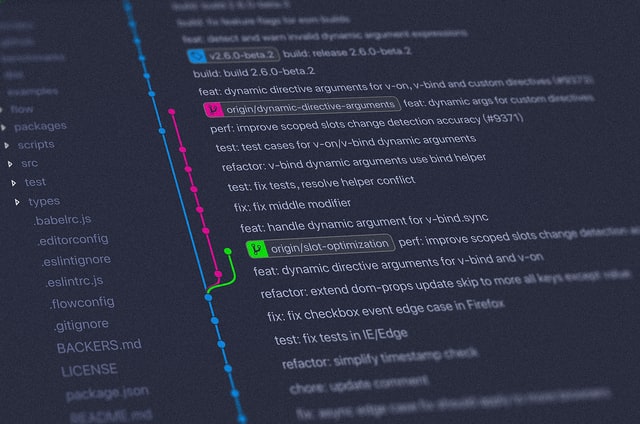Using this prototypal class structure:
var Car = function (loc) {
var obj = Object.create(Car.prototype);
obj.loc = loc;
return obj;
};
Car.prototype.move = function () { this.loc++; };
var protoCar = Car(42);
Let’s refactor using a related pattern: pseudoclassical.
The new keyword
Invoking a function with new handles the tasks of creating an object prototype chain and returning an object within the function automatically. It’s effectively like doing this:
1
2
3
4
5
6
7
8
9
10
11
12
var Car = function (loc) {
this = Object.create(Car.prototype); // "created" by `new`
var obj = Object.create(Car.prototype);
obj.loc = loc;
return obj;
return this; // "created" by `new`
};
Car.prototype.move = function () { this.loc++; };
var pseudoCar = new Car(42); // note the inclusion of `new`
Removing the redundant statements on lines 4 and 7, the above code can be pared down to:
var Car = function(loc) {
this.loc = loc;
};
Car.prototype.move = function () { this.loc++; };
var pseudoCar = new Car(42);
When the Car function object is invoked with new Car(42), a new object will be created (and this will be bound to it) behind the scenes, and will be returned after modification.
The pseudoclassical class structure is syntactic sugar on top of the prototypal class structure. Hence ‘pseudo’.




